New MWC and Mobile Trends
The Mobile World Congress 2014, which took place in Barcelona, recently ended. This is one of the most important events in the world of mobile gadgets and technologies. Therefore, various companies are traditionally present at the MWC and show their new products, including, of course, the giants of the industry. This year, our Hi-Tech Mail.Ru team acted as the official partner of this congress, so we collected a lot of materials.

But so that you do not waste your time, here we present you a brief overview of new products from world famous manufacturers, whose products are shaping trends and sets the tone in the mobile telecommunications industry.
')
In order to avoid misunderstandings and accusations of engagement, we have divided this post into chapters alphabetically.
Perhaps one of the most noteworthy innovations of the exhibition was the Blackphone smartphone, protected from listening, produced by Geekphone in collaboration with the Silent Circle service provider.
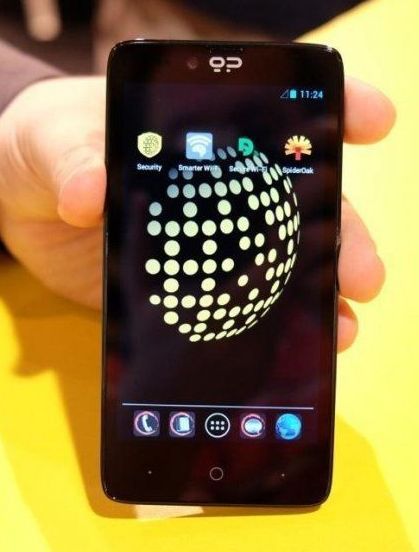
With completely unremarkable technical characteristics, this device is able to provide, according to the manufacturer, the complete confidentiality of voice communications and SMS. True, on one condition: both subscribers must use the Silent Circle service. It is available for all devices, but Blackphone owners can use it for free for two years.
Taiwanese are experiencing hard times, sales of their smartphones have fallen dramatically. However, the company is not going to give up and presented at the exhibition a new smartphone of the average price range. Unfortunately, the presentation of the flagship model was postponed to March.
HTC Desire 816 was the first smartphone of this manufacturer, which uses the nanoSIM format. The device will be presented in cases of black, white, yellow, red and dark purple colors. The screen with a resolution of 1280x720 is made using SuperLCD2 technology, the diagonal is 5.5 inches.
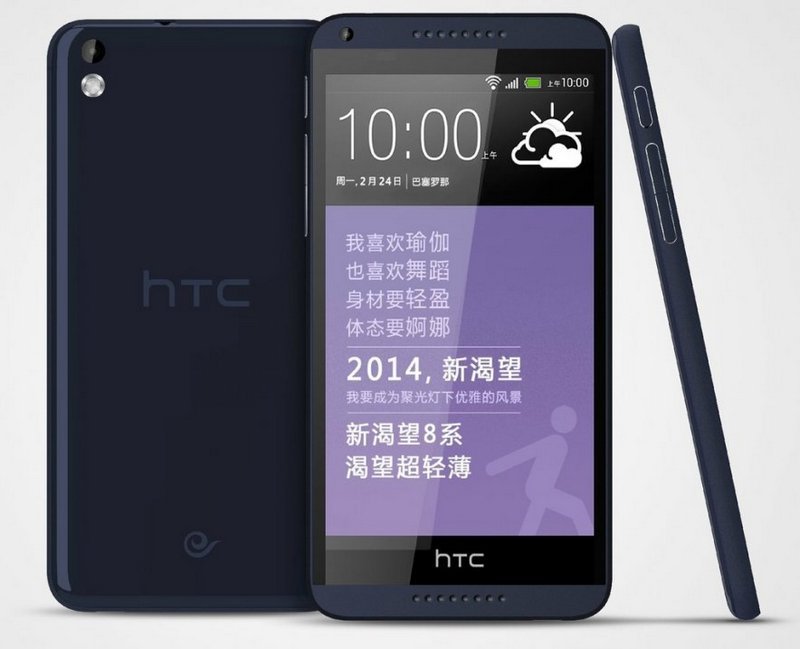
The smartphone uses a Qualcomm Snapdragon 400 MSM8928 processor with a clock frequency of 1.6 GHz and an Adreno 305 graphics processor. The internal memory is 8 GB, and there is a microSD slot. The battery has a capacity of 2600 mAh.
Probably, soon we can also expect the presentation of the first "smart" watches from HTC. What to do, the production of smartphones does not bring enough profit, and "smart" watches are one of the main trends in the field of mobile electronics. According to information from the Bloomberg company, a closed presentation of watches based on the Qualcomm Toq platform was held at the exhibition.
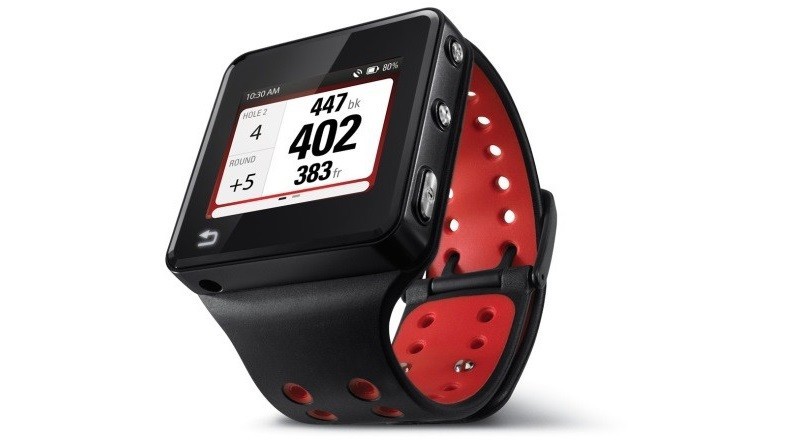
The Chinese giant presented a number of new tablets and smartphones, of which it is worth noting the smallest and lightest 7-inch tablet today - the Huawei MediaPad X1.
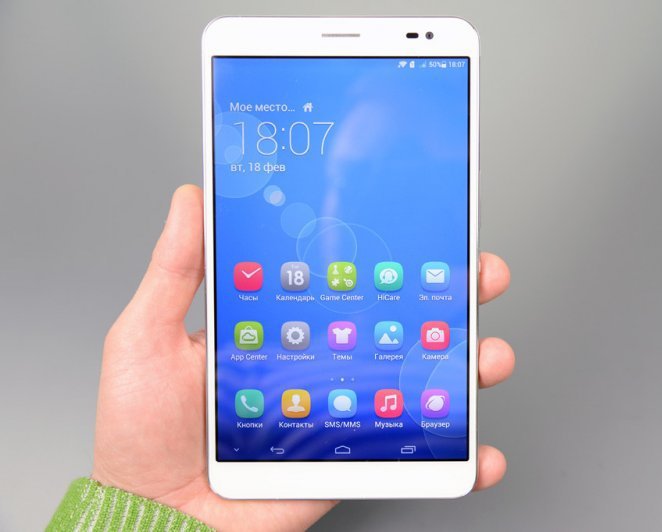
The screen resolution is 1920x1200 pixels, a four-core Huawei-developed HiSilicon Balong 910 Cortex-A9 processor with a clock frequency of 1.6 GHz, a video accelerator - Mali-450. Using the tablet, you can make calls without using a headset, there is a version with LTE support. The amount of internal memory is 16 GB, there is an expansion slot, dimensions of 183.5 x 103.9 x 7.5 mm, weight 239 g.

The next novelty is the smart bracelet TalBand B1. From the crowd of such new-fangled gadgets, it is distinguished by the ability to transform into a compact Bluetooth-headset. (standard 4.1).
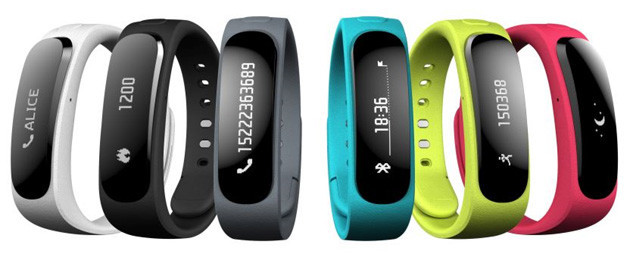

Otherwise, this bracelet is comparable in its capabilities with many other competitive models.
The most interesting novelty at the booth of the Chinese manufacturer was the updated version of the tablet Lenovo Tablet 10 HD +.
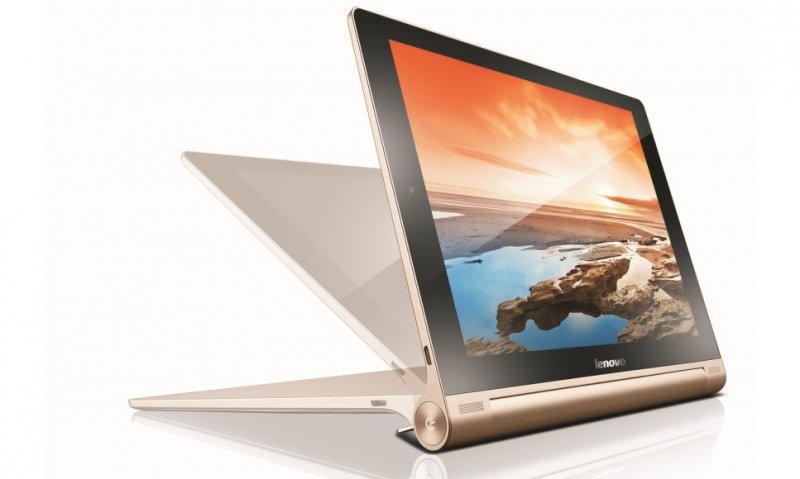
Now this very interesting model has got a screen on the IPS matrix with a resolution of 1920x1200 and a more powerful Qualcomm Snapdragon 400 quad-core processor with a clock frequency of 1.6 GHz. Dimensions, weight and capacity of the battery remained the same: 261 x 180 x (3.0—8.1) mm, 615 g, 9000 mAh.
Unfortunately, this time, Nokia has not introduced a single smartphone running Windows Phone. Moreover, such devices were not presented at all at the exhibition. Instead, the Finns "rolled out" three budget smartphones running Android: Nokia X, Nokia X + and Nokia XL. The interface is designed in a style reminiscent of the tiled design of Windows Phone, and angular cases characteristic of Nokia have received bright “youth” colors.
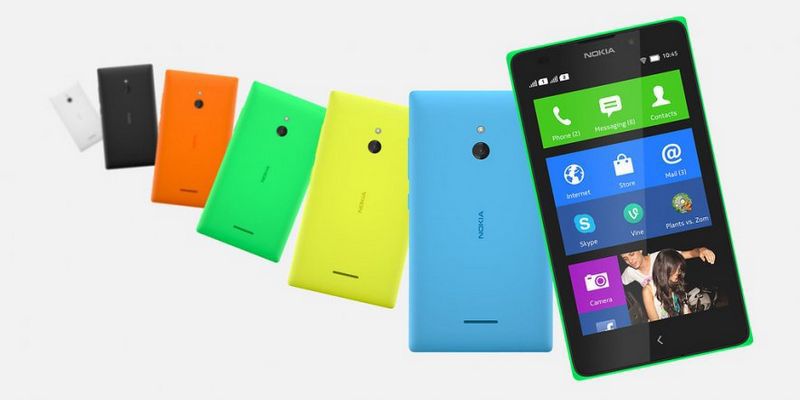
The budget of the new products is reflected, first of all, in their characteristics: the oldest model, the Nokia XL, has a 5-inch screen with a resolution of 800x480, a 2-core Qualcomm Snapdragon 200 processor with a clock frequency of 1 GHz and 768 MB of RAM. Still, I hope that Nokia will not abandon the development of new devices running Windows Phone.
One of the most anticipated products of the exhibition was the flagship smartphone Galaxy S5. Despite a number of innovations, the Koreans went on the beaten path of gradual improvement. Changes in the design were minimal compared to previous models of the Galaxy Sx line.
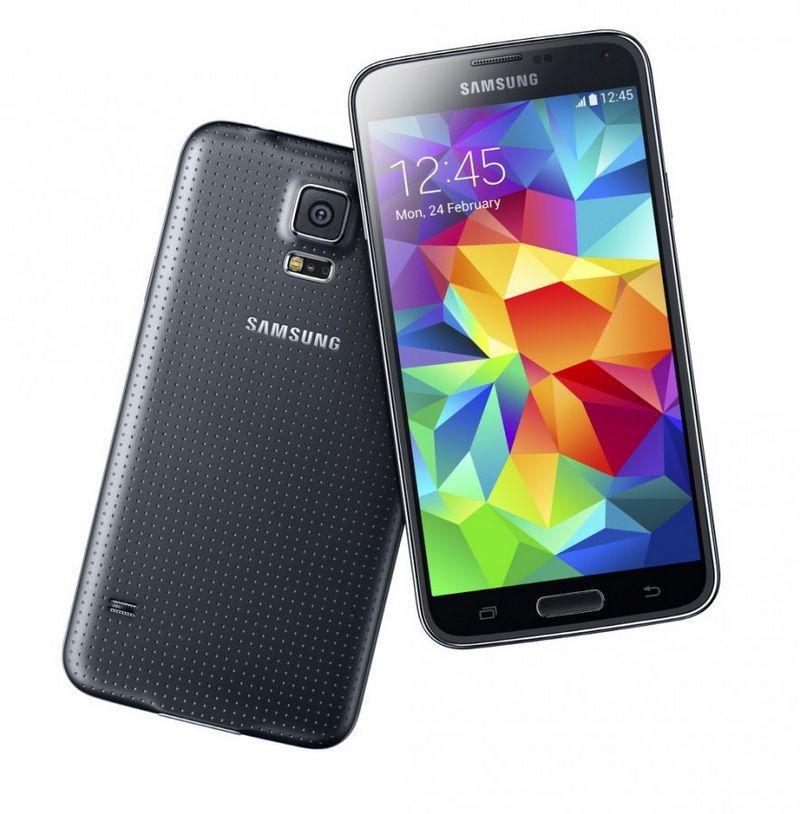
The iPhone example did not pass without a trace for its main competitor, so the S5 will be sold in 4 colors: black, white, metallic blue and gold, and the back cover will not have a smooth, but a perforated texture. Dimensions: 142 x 72.5 x 8.1 mm, weight 145 g.
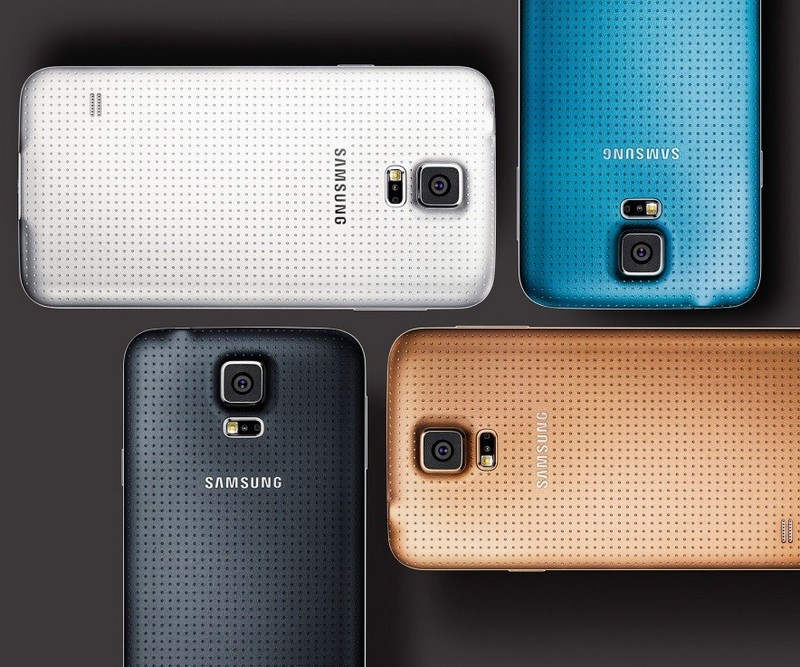
The smartphone has got a dust and moisture protective casing and a fingerprint scanner, combined with a central button. The screen, made by technology AMOLED, has a diagonal of 5.1 inches, FullHD resolution. As befits the flagship, screen protection provides Gorilla Glass 3.
The operating system uses Android 4.4. The “heart” of the smartphone is a Qualcomm Snapdragon 801 processor, 2.5 GHz. The amount of RAM 2 GB, plus 16 or 32 GB of internal memory. There is also a microSD expansion slot. Supports wireless standards NFC, LTE, Wi-Fi 802.11ac and Bluetooth 4.0. To connect to a computer using microUSB 3.0.
The battery capacity is 2800 mAh, while you can turn on Ultra Power Saving mode, in which the image becomes black and white, and of all the capabilities of the device, only calls and sending SMS are available. The smartphone is equipped with a 16 megapixel camera and a heartbeat sensor.
Samsung could not stay away from two more trends: fitness bracelets and smart watches. The Gear Fit bracelet boasts a curved OLED screen with a resolution of 432x128, a Bluetooth 4.0 module for communication with a smartphone, a heartbeat sensor, a pedometer, and a gyroscope. Naturally, all this is in a dust and moisture protective case.



The watches are presented in the form of two models and represent the development of the Gear line: Gear 2 and Gear 2 Neo. The difference between them lies in the material of the body (metal and plastic, respectively). They also differ slightly in size and weight:
• Gear 2: 36.9 x 58.4 x 10 mm, weight 68 g.
• Gear 2 Neo: 37.9 x 58.8 x 10 mm, 55 g.
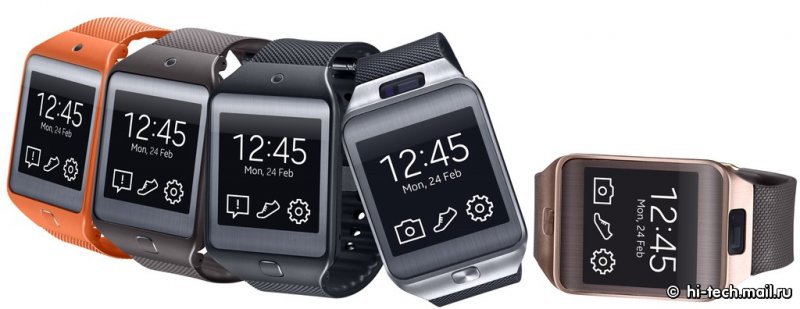
Each model will be available in three colors: Gear 2 - black, bronze, orange; Gear 2 Neo - black, gray, orange. Like Gear Fit, the xasy have IP67 dust and water proof housings.
The screen is made by technology Super AMOLED, 320x320 resolution with a diagonal of 1.63 inches. Dual-core processor, 1 GHz clock speed, 512 MB RAM, 4 GB internal memory.
The connection with the smartphone is via Bluetooth 4.0, the watch can be used as an infrared remote control. There is a built-in pedometer and heart rate sensor.
The most anticipated new products from Sony are the Xperia Z2 smartphone and the Xperia Z2 Tablet. Externally, the smartphone is almost the same as its predecessor Z1.
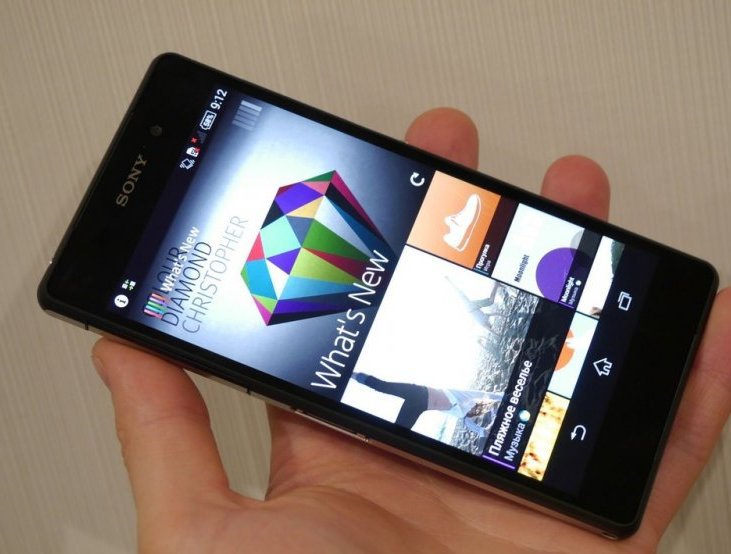
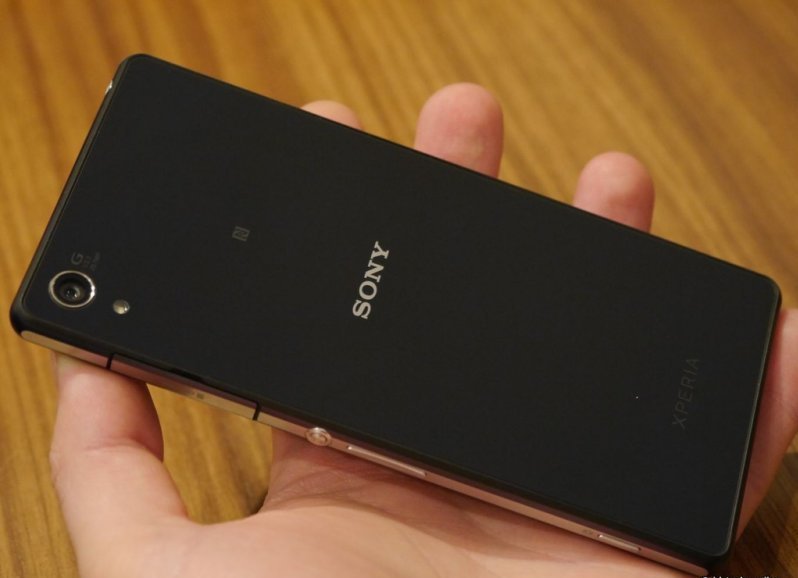

IPS-screen has a diagonal of 5.2 inches, a resolution of 1920x1080. The smartphone is equipped with a Qualcomm Snapdragon 801 processor with a clock frequency of 2.36 GHz, an Adreno 330 video accelerator and 3 GB RAM. The case with front and rear glass panels provides high dust and moisture protection, the battery capacity is 3200 mAh. 20-megapixel camera allows you to shoot video with a resolution of 4K, there is a slow motion mode with a shooting speed of 120 frames / sec.
The Xperia Z2 Tablet is also a very interesting device. This is one of the most compact and lightweight 10-inch tablets to date, its weight is 439 grams. And the thickness is 6.4 mm. At the same time, as is the case with a smartphone, it provides excellent dust and moisture protection.


The screen resolution on the IPS-matrix is 1920x1080 pixels. In the tablet, as in the smartphone, a Qualcomm Snapdragon 801 processor with a clock frequency of 2.3 GHz is also used, there is a version with LTE support. Battery capacity 6000 mAh
Not so long ago, MegaFon, represented by Yota Devices, presented a rather raw smartphone with an additional screen on electronic ink. And the exhibition shows a prototype of a new version of the device, YotaPhone 2.

The manufacturer completely reworked the device, taking into account the numerous criticisms and suggestions. The main competitive advantage of the smartphone is also an additional eink-screen. The design has become much more attractive, the second screen has become much more functional, the OS interface has been redesigned. The smartphone has received a 4-core Qualcomm Snapdragon 800 processor with a clock frequency of 2.3 GHz, support for LTE and NFC, a battery with a capacity of 2550 mAh.
Well, it remains only to wish Yota Devices creative success, since the start of sales of such an interesting device is expected only in October of this year.
Thanks to Chinese manufacturers, the "biosphere" of mobile operating systems is becoming more diverse. However, budget smartphones running Firefox OS were not the most interesting news on the ZTE booth. On the contrary, I would like to mention the new phablet ZTE Grand Memo II LTE.
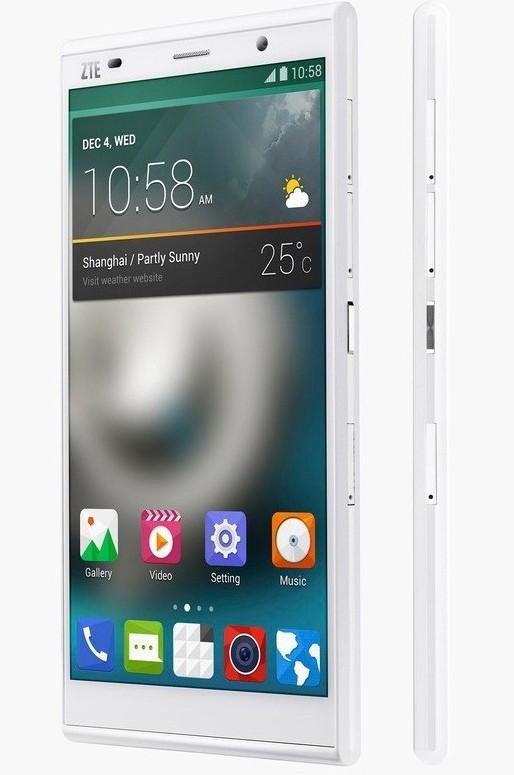
The device is equipped with a screen with a diagonal of 6 inches and a resolution of 1280x720. Not too much by today's standards. The Qualcomm Snapdragon 400 is used as a processor, the battery has a capacity of 3200 mAh. This is one of the most compact phablets on the market, its thickness is 7.2 mm.
This review does not at all claim to comprehensive coverage; here only a subjective choice of the most interesting, in our opinion, novelties of the exhibition is presented. If we talk about the main trends in the world of mobile devices, this is:
• increase in the number of processor cores: new eight-core Snapdragon 801 and 615 processors
• introduction of 64-bit architecture: the same 801 and 615 models from Qualcomm, Intel Atom Z3480, XMM 7260
• widespread introduction of new mobile OS: Firefox, Tizen, Sailfish, perhaps soon, and Ubuntu
• Mass development of many models of fitness bracelets and smart watches.
The world of mobile gadgets is becoming wider, more diverse and more interesting. And this process is pretty damn interesting to watch.

But so that you do not waste your time, here we present you a brief overview of new products from world famous manufacturers, whose products are shaping trends and sets the tone in the mobile telecommunications industry.
')
In order to avoid misunderstandings and accusations of engagement, we have divided this post into chapters alphabetically.
Geekphone
Perhaps one of the most noteworthy innovations of the exhibition was the Blackphone smartphone, protected from listening, produced by Geekphone in collaboration with the Silent Circle service provider.

With completely unremarkable technical characteristics, this device is able to provide, according to the manufacturer, the complete confidentiality of voice communications and SMS. True, on one condition: both subscribers must use the Silent Circle service. It is available for all devices, but Blackphone owners can use it for free for two years.
HTC
Taiwanese are experiencing hard times, sales of their smartphones have fallen dramatically. However, the company is not going to give up and presented at the exhibition a new smartphone of the average price range. Unfortunately, the presentation of the flagship model was postponed to March.
HTC Desire 816 was the first smartphone of this manufacturer, which uses the nanoSIM format. The device will be presented in cases of black, white, yellow, red and dark purple colors. The screen with a resolution of 1280x720 is made using SuperLCD2 technology, the diagonal is 5.5 inches.

The smartphone uses a Qualcomm Snapdragon 400 MSM8928 processor with a clock frequency of 1.6 GHz and an Adreno 305 graphics processor. The internal memory is 8 GB, and there is a microSD slot. The battery has a capacity of 2600 mAh.
Probably, soon we can also expect the presentation of the first "smart" watches from HTC. What to do, the production of smartphones does not bring enough profit, and "smart" watches are one of the main trends in the field of mobile electronics. According to information from the Bloomberg company, a closed presentation of watches based on the Qualcomm Toq platform was held at the exhibition.

Huawei
The Chinese giant presented a number of new tablets and smartphones, of which it is worth noting the smallest and lightest 7-inch tablet today - the Huawei MediaPad X1.

The screen resolution is 1920x1200 pixels, a four-core Huawei-developed HiSilicon Balong 910 Cortex-A9 processor with a clock frequency of 1.6 GHz, a video accelerator - Mali-450. Using the tablet, you can make calls without using a headset, there is a version with LTE support. The amount of internal memory is 16 GB, there is an expansion slot, dimensions of 183.5 x 103.9 x 7.5 mm, weight 239 g.

The next novelty is the smart bracelet TalBand B1. From the crowd of such new-fangled gadgets, it is distinguished by the ability to transform into a compact Bluetooth-headset. (standard 4.1).


Otherwise, this bracelet is comparable in its capabilities with many other competitive models.
Lenovo
The most interesting novelty at the booth of the Chinese manufacturer was the updated version of the tablet Lenovo Tablet 10 HD +.

Now this very interesting model has got a screen on the IPS matrix with a resolution of 1920x1200 and a more powerful Qualcomm Snapdragon 400 quad-core processor with a clock frequency of 1.6 GHz. Dimensions, weight and capacity of the battery remained the same: 261 x 180 x (3.0—8.1) mm, 615 g, 9000 mAh.
Nokia
Unfortunately, this time, Nokia has not introduced a single smartphone running Windows Phone. Moreover, such devices were not presented at all at the exhibition. Instead, the Finns "rolled out" three budget smartphones running Android: Nokia X, Nokia X + and Nokia XL. The interface is designed in a style reminiscent of the tiled design of Windows Phone, and angular cases characteristic of Nokia have received bright “youth” colors.

The budget of the new products is reflected, first of all, in their characteristics: the oldest model, the Nokia XL, has a 5-inch screen with a resolution of 800x480, a 2-core Qualcomm Snapdragon 200 processor with a clock frequency of 1 GHz and 768 MB of RAM. Still, I hope that Nokia will not abandon the development of new devices running Windows Phone.
Samsung
One of the most anticipated products of the exhibition was the flagship smartphone Galaxy S5. Despite a number of innovations, the Koreans went on the beaten path of gradual improvement. Changes in the design were minimal compared to previous models of the Galaxy Sx line.

The iPhone example did not pass without a trace for its main competitor, so the S5 will be sold in 4 colors: black, white, metallic blue and gold, and the back cover will not have a smooth, but a perforated texture. Dimensions: 142 x 72.5 x 8.1 mm, weight 145 g.

The smartphone has got a dust and moisture protective casing and a fingerprint scanner, combined with a central button. The screen, made by technology AMOLED, has a diagonal of 5.1 inches, FullHD resolution. As befits the flagship, screen protection provides Gorilla Glass 3.
The operating system uses Android 4.4. The “heart” of the smartphone is a Qualcomm Snapdragon 801 processor, 2.5 GHz. The amount of RAM 2 GB, plus 16 or 32 GB of internal memory. There is also a microSD expansion slot. Supports wireless standards NFC, LTE, Wi-Fi 802.11ac and Bluetooth 4.0. To connect to a computer using microUSB 3.0.
The battery capacity is 2800 mAh, while you can turn on Ultra Power Saving mode, in which the image becomes black and white, and of all the capabilities of the device, only calls and sending SMS are available. The smartphone is equipped with a 16 megapixel camera and a heartbeat sensor.
Samsung could not stay away from two more trends: fitness bracelets and smart watches. The Gear Fit bracelet boasts a curved OLED screen with a resolution of 432x128, a Bluetooth 4.0 module for communication with a smartphone, a heartbeat sensor, a pedometer, and a gyroscope. Naturally, all this is in a dust and moisture protective case.



The watches are presented in the form of two models and represent the development of the Gear line: Gear 2 and Gear 2 Neo. The difference between them lies in the material of the body (metal and plastic, respectively). They also differ slightly in size and weight:
• Gear 2: 36.9 x 58.4 x 10 mm, weight 68 g.
• Gear 2 Neo: 37.9 x 58.8 x 10 mm, 55 g.

Each model will be available in three colors: Gear 2 - black, bronze, orange; Gear 2 Neo - black, gray, orange. Like Gear Fit, the xasy have IP67 dust and water proof housings.
The screen is made by technology Super AMOLED, 320x320 resolution with a diagonal of 1.63 inches. Dual-core processor, 1 GHz clock speed, 512 MB RAM, 4 GB internal memory.
The connection with the smartphone is via Bluetooth 4.0, the watch can be used as an infrared remote control. There is a built-in pedometer and heart rate sensor.
Sony
The most anticipated new products from Sony are the Xperia Z2 smartphone and the Xperia Z2 Tablet. Externally, the smartphone is almost the same as its predecessor Z1.



IPS-screen has a diagonal of 5.2 inches, a resolution of 1920x1080. The smartphone is equipped with a Qualcomm Snapdragon 801 processor with a clock frequency of 2.36 GHz, an Adreno 330 video accelerator and 3 GB RAM. The case with front and rear glass panels provides high dust and moisture protection, the battery capacity is 3200 mAh. 20-megapixel camera allows you to shoot video with a resolution of 4K, there is a slow motion mode with a shooting speed of 120 frames / sec.
The Xperia Z2 Tablet is also a very interesting device. This is one of the most compact and lightweight 10-inch tablets to date, its weight is 439 grams. And the thickness is 6.4 mm. At the same time, as is the case with a smartphone, it provides excellent dust and moisture protection.


The screen resolution on the IPS-matrix is 1920x1080 pixels. In the tablet, as in the smartphone, a Qualcomm Snapdragon 801 processor with a clock frequency of 2.3 GHz is also used, there is a version with LTE support. Battery capacity 6000 mAh
Yota
Not so long ago, MegaFon, represented by Yota Devices, presented a rather raw smartphone with an additional screen on electronic ink. And the exhibition shows a prototype of a new version of the device, YotaPhone 2.

The manufacturer completely reworked the device, taking into account the numerous criticisms and suggestions. The main competitive advantage of the smartphone is also an additional eink-screen. The design has become much more attractive, the second screen has become much more functional, the OS interface has been redesigned. The smartphone has received a 4-core Qualcomm Snapdragon 800 processor with a clock frequency of 2.3 GHz, support for LTE and NFC, a battery with a capacity of 2550 mAh.
Well, it remains only to wish Yota Devices creative success, since the start of sales of such an interesting device is expected only in October of this year.
ZTE
Thanks to Chinese manufacturers, the "biosphere" of mobile operating systems is becoming more diverse. However, budget smartphones running Firefox OS were not the most interesting news on the ZTE booth. On the contrary, I would like to mention the new phablet ZTE Grand Memo II LTE.

The device is equipped with a screen with a diagonal of 6 inches and a resolution of 1280x720. Not too much by today's standards. The Qualcomm Snapdragon 400 is used as a processor, the battery has a capacity of 3200 mAh. This is one of the most compact phablets on the market, its thickness is 7.2 mm.
This review does not at all claim to comprehensive coverage; here only a subjective choice of the most interesting, in our opinion, novelties of the exhibition is presented. If we talk about the main trends in the world of mobile devices, this is:
• increase in the number of processor cores: new eight-core Snapdragon 801 and 615 processors
• introduction of 64-bit architecture: the same 801 and 615 models from Qualcomm, Intel Atom Z3480, XMM 7260
• widespread introduction of new mobile OS: Firefox, Tizen, Sailfish, perhaps soon, and Ubuntu
• Mass development of many models of fitness bracelets and smart watches.
The world of mobile gadgets is becoming wider, more diverse and more interesting. And this process is pretty damn interesting to watch.
Source: https://habr.com/ru/post/215537/
All Articles